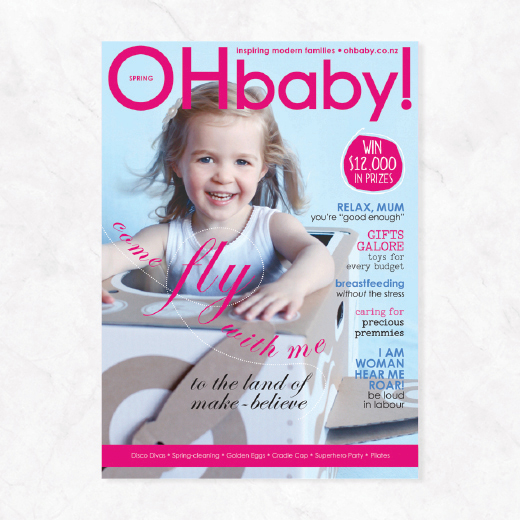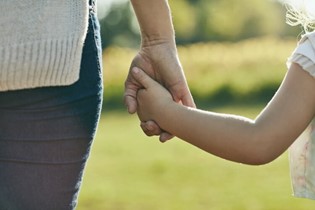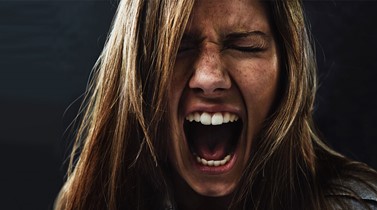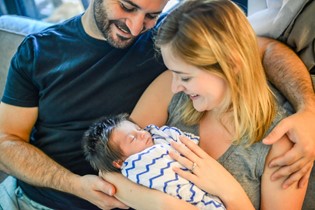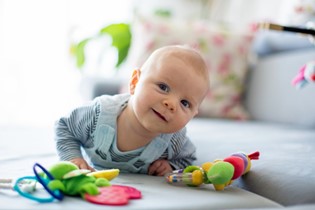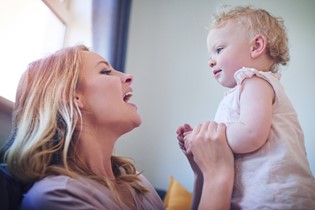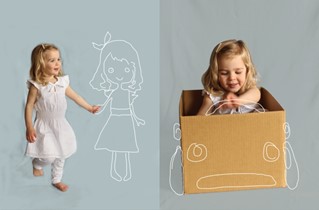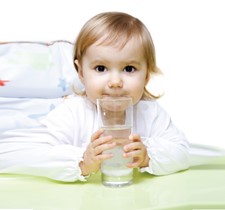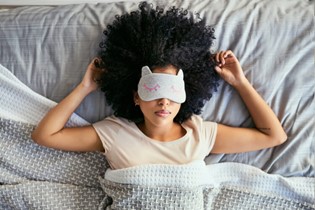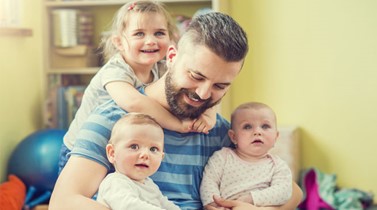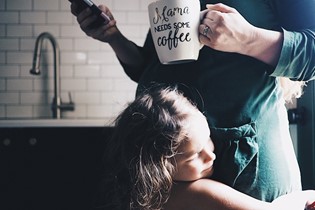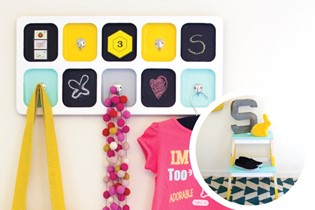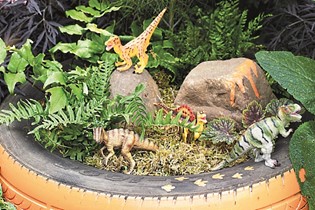Pilates - An introduction to Pilates as a postnatal exercise

Pilates is a natural fit for postnatal mums looking at get back into shape gentle and without injury, writes Simone de Cunha.
During pregnancy, you go through a myriad of changes to make way for the new life growing inside you. Ligaments loosen, muscles stretch and weaken, changes occur in the body's gravity centre, with accompanying postural shifts. Such changes can predispose a mum to injuries or tightness in the lower back, shoulders, neck and hips or wherever each individual takes strain in her own body.
Following the initial period after birth (and this time is different for every mother) you will begin to feel more at ease with the motherhood role (relatively anyway). This may be the time when you embark on a physical recovery or exercise journey.
Whether your reason for a conditioning programme is to lose your mummy tummy and regain physical form, manage low back or shoulder pain, prevent bladder weakness, meet other new mums or even boost your sex life, postnatal Pilates, alongside gentle cardio exercise, will provide a sound platform.
Histoy of pilates
Originally invented by Joseph Pilates, a pioneer of his time in the early 1900s, this integrated system of movement was quickly adapted by ballet dancers in New York. The method was applauded for its strength, grace and rehabilitative effects. Dancers could strength-train in a way that didn't add bulky muscle to their frames. Joseph defined his work as "Contrology" - the comprehensive integration of mind, body and spirit.
The holistic nature of Pilates, its functional benefits and focus on posture and core control, make it an intelligent and popular choice after having a baby. Pilates' basic principles are:
- The integration of breath and core control (including pelvic floor and deep abdominals) - learning to breathe fully and deeply into the low rib cage and engage abdominals appropriately.
- Understanding neutral pelvis.
- Body alignment - the integration of shoulder placement, pelvic placement, and everything else in between.
- Balance and control of the body.
- Articulation of the spine - Pilates is one of the few practices that pays particular attention to the mobilisation of the spine.
These Pilates' principles can and should be applied to every other element of movement within day-to-day life - for instance, when lifting baby, the groceries, or the stroller from the boot of the car, to walking and sitting down.
If you prefer to try Pilates at home, make sure you have been taught correctly by a qualified and knowledgeable practitioner and have good notes or visual aids to use. The Pilates technique is just that, a technique. It's intricate, specific and quite scientific. It's ideally practised under the eye of an instructor.
On the mat
If you're new to Pilates you should start with Matwork which is the best way to learn the basic Pilates principles. Matwork is also a wonderful way to learn about functional training and using body weight as resistance. Without proper fundamental movement technique and an understanding of how the large global muscles work versus smaller stabilisers, an untrained body can get very confused trying to control the effect of a machine or external resistance.
Matwork classes are generally a cost-effective option with most costing an average of $15 to $20 per session. Small props such as bands, balls and magic circles are common in Matwork.
Studio equipment
When you have a good understanding of the Pilates fundamentals, you might then start using the specific Pilates equipment and studio machines which are found in specialist Pilates studios. Typically they will include the Reformer, Cadillac or Trapeze Table (sounds scary, but isn't really). Wall props may be seen and Swiss balls will be floating around, among other contraptions. For the first-time visitor this can be an interesting, but daunting assortment of seemingly tortuous equipment. However, the studio is a necessary part of the full Pilates repertoire and experience. Equipment is used as a basis to provide resistance but also as assistance for healthy bodies. It can help injured clients who require a full spectrum of rehabilitation.
The cost will vary between Matwork (in a group environment), to a group Reformer class, through to a full studio private session, in much the same way it would in a traditional gym environment. However, the particular complexity of the technique, high rents and costly equipment mean that full-studio Pilates does become expensive, but it's an investment that will pay off. As Joseph himself famously stated: "In 10 sessions you will feel the difference, in 20 sessions you will see the difference, and in 30 you will have a new body."
Generally speaking, if you love this type of training, you are hooked for life!
Postnatal clases
The traditional Pilates principles are a natural fit for a new mum. However, postnatal changes in the body, as discussed earlier, require an approach that is a little more targeted. The challenge is shifting from being careful with what you lift while pregnant to having to lift a baby, stroller etc with an unrecovered body and abdominal separation. A postnatal class, taught with or without babies, should focus on addressing pelvic imbalance and general alignment, closing the abdominal gap, getting out of the neck and shoulders and into the core, some gentle stretching and self-nurture techniques.
Practised correctly with precision and fluidity, Pilates conditioning strengthens and lengthens the body, prevents and rehabilitates injury, releases stress, creates a super strong core and generally gives you the framework to do so many other activities in life with a sense of grace and ease. You will become strong from the inside out, lean without creating bulk, connect mind with body, and be able to do it well into later life because of its intense but gentle nature.
If you're a new mum looking for an exercise programme that goes beyond pelvic floor exercises and gentle walking, then Pilates could be right for you.
I encourage you to not do anything strenuous in the postnatal bleeding (lochia) period, but most women should be ready to start a basic low-impact exercise routine from about six weeks after giving birth. Please do check with a postnatal-specific Pilates instructor, physiotherapist or doctor before launching into any new exercise regime.
You are a mum now. Enjoy the new life you have created. And remember, take some time for yourself. Become calmer, stronger, more centred and energised - for yourself, and for your baby.
Simone de Cunha is a mother, journalist and instructor in functional Pilates. She is grateful to Pilates for a strong tummy, no achy back and no leaks when the loo isn't close enough!

AS FEATURED IN ISSUE 19 OF OHbaby! MAGAZINE. CHECK OUT OTHER ARTICLES IN THIS ISSUE BELOW
